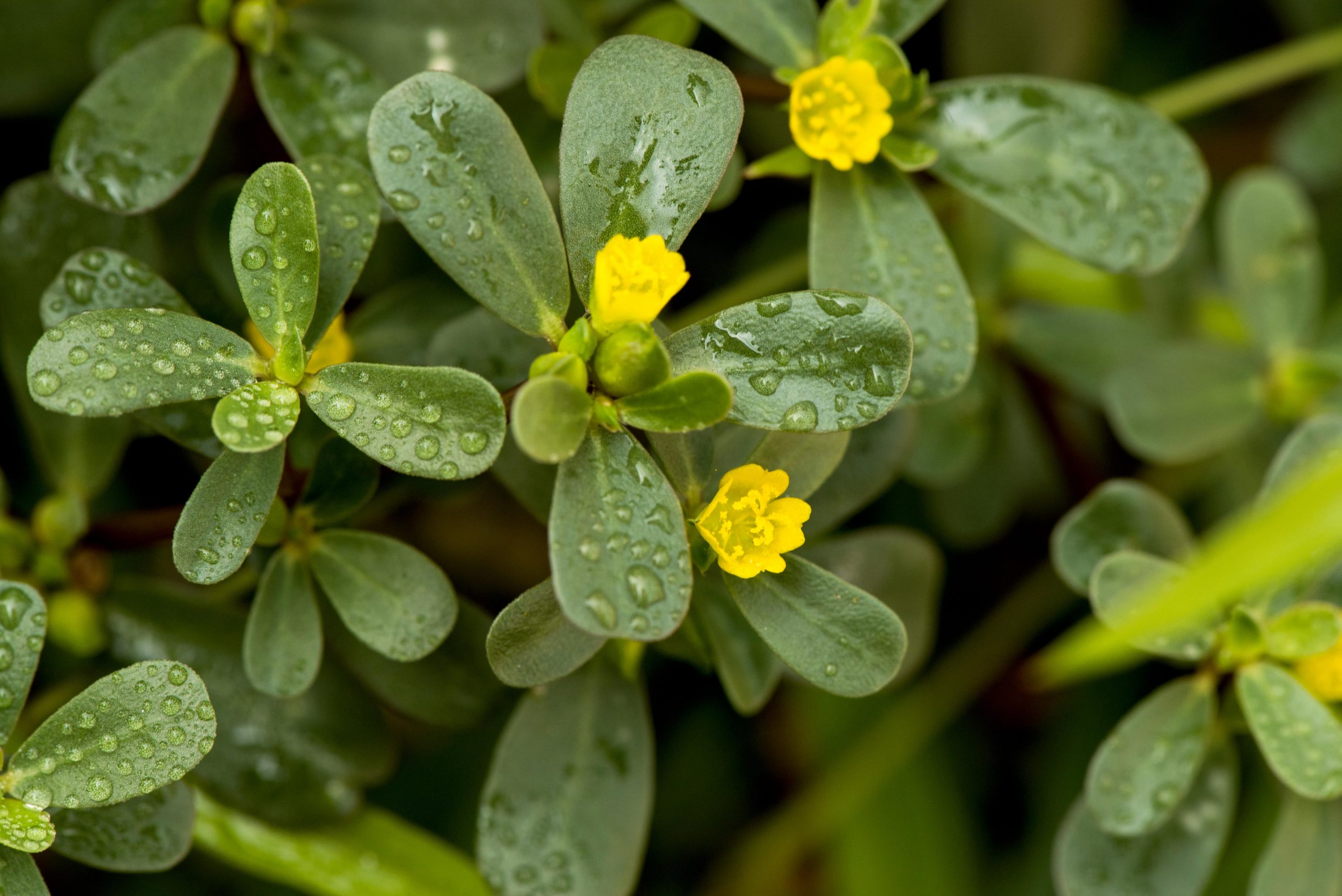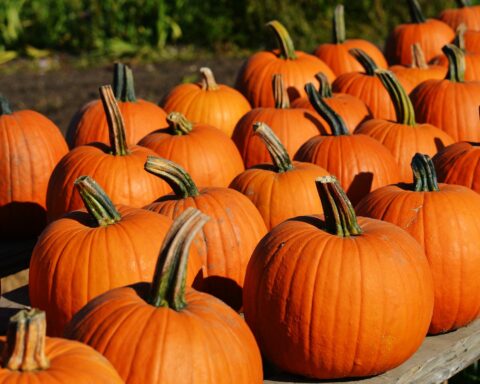Purslane is an edible weed that comes with various health benefits. It is a good source of vitamin A and omega 3 fatty acids, among other amazing nutritious things.
Weeds often grow among the crops you plant. Well, the good news is, not all of them are worth removal when weeding. Some are edible and prove to be more nutritious than some of the food crops you might be consuming regularly. An example of a weed with tons of health benefits is purslane. This tasty weed can be eaten as a raw vegetable or cooked. Furthermore, it is available in many parts of the world. Read on to find out what it is, the various ways you can cook and serve it, and the health benefits you get from consuming it.
What is Purslane
Purslane is a weed that is not only edible as a leafy vegetable but is also rich in various nutrients and has been applied in ancient medicine. Its scientific name is Portucalaca oloracea. Moreover, you can refer to it using other common names such as pigweed and hogweed.
It is very succulent, with a taste similar to spinach, slightly sour. Moreover, in terms of appearance, Purslane has green leaves with red stems. This plant can be accessed in most places across the globe since it grows in many parts with varied temperature ranges. Interestingly, it can also adapt and survive in an otherwise harsher condition, whether in spring or summer. This, therefore, means that chances of coming across this edible weed are high. So, you might want to get the nutritional value from them wherever you are.
As mentioned earlier, you can either take it raw or enjoy it when cooked. Regardless of the means you take or are used to serving it, how about you get some new ideas to twitch your process of preparing this vegetable as you keep getting the same great nutritious and tasty feel?
Cooking and Serving Options
If you enjoy having vegetables, maybe there is a certain way you want them done. However, changing and trying some new recipes here and there doesn’t hurt. What’s more, it can be your new favorite, who knows?
Since purslane is a vegetable, it can have varied applications, just like lettuce and spinach do. First, you need to cut out its roots, then wash the individual stems, ensuring you remove all the dirt. When your vegetable is clean and ready, you can now decide how you want to consume it.
For instance, you can include it in your salads and enjoy the feeling. Alternatively, you can decide to go the Mexican way by adding it to your omelet. If you wanted a new ingredient for the same, purslane got you sorted.
Moreover, you can mix it with cucumber then have oil and vinegar topping. Alternatively, you can experiment with drinking its juice or smoothie; add it to the ingredients you use.
Besides, if you love your vegetables steamed, worry no more. If you have some 4-5 minutes to spare, you can steam purslane lightly. A little butter and salt are great for serving it when in this manner. Additionally, you can add this leafy vegetable to your soups and curries. You can also stir-fry it with other greens such as kales and spinach to create a nice dish.
Therefore, there are different ways of cooking and serving this vegetable. Try out the variations and enjoy the outcome.
Health Benefits
The following are some of the great health benefits you can derive from eating purslane;
Great Source of Omega-3-fatty Acids
Your body needs these acids, but unfortunately, it cannot produce them. Therefore, you can consume them from your diet. You might be glad to know that purslane can be a better source of omega-3-fatty acids than some fish oils and other vegetable crops you might be aware of. This healthy vegetable can, therefore, be a top pick for vegetarians.
A greater amount of fats in purslane are in the form of omega-3-fatty acids. Moreover, this vegetable has two types of these acids; ALA, in high amounts, and traces of EPA.
Since purslane is rich in omega-3-fatty acids, it can help reduces the risk of having conditions such as stroke, heart disease, and other problems related to development in children.
Low in Calories
If you want to decrease your calorie intake, you should add purslane to your list of go-to vegetables. The numerous nutrientscontained in this vegetable come with 16 calories only. Therefore, why not take advantage of this nutrient-rich vegetable with low calories?
Source of Vitamin A
This natural vegetable is a great source of vitamin A. This is because of the presence of beta-carotene, which in turn gets converted into vitamin A by your body. This vitamin has great benefits to your eye health.
Source of Vitamin C
If you want to maintain your skin, bones, and muscles, you should increase your vitamin C intake. A great source of this is purslane.
Source of Vitamin E
Purslane contains high amounts of vitamin E, which can help with your cell health.
Contains Minerals
Your body needs essential minerals. Thankfully, purslane can provide you with a variety. This vegetable has potassium that can help regulate your blood pressure, reduce the chances of stroke and heart disease. Furthermore, it contains calcium which helps with your bone health. Another great mineral you can get when you consume purslane is magnesium. This will help with most of the enzymatic actions within your body and protect you from heart disease.
Conclusion
Purslane is a healthy, succulent, green, leafy vegetable. It can grow in different parts of the world under various conditions. Nonetheless, it offers versatility in terms of how you prepare and eat it. Moreover, you can decide to have it raw or cook it. If you have recipes for other vegetables like spinach and kales, the same can apply for purslane too.
Also, there are numerous health benefits you can get from consuming this leafy vegetable. For instance, it is a better source of omega-3-fatty acids compared to other foods. Besides, it also contains several minerals and vitamins. Therefore, why not incorporate purslane into your diet?
- Bell Peppers 101: Nutrition Facts and Health Benefits - April 19, 2024
- Products That Assist with Stress Relief - September 21, 2023
- TRÈFLE – THE ROAD TO THE 15TH - July 29, 2023









